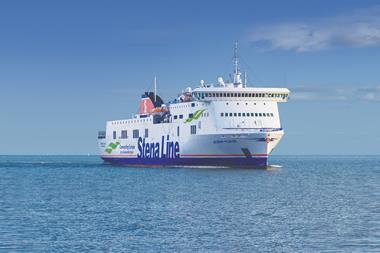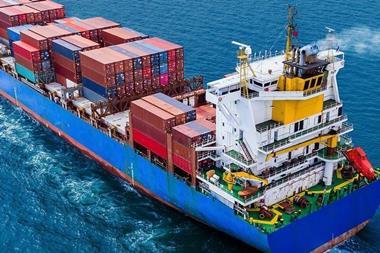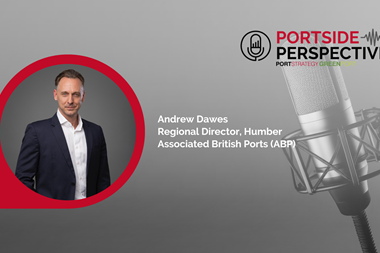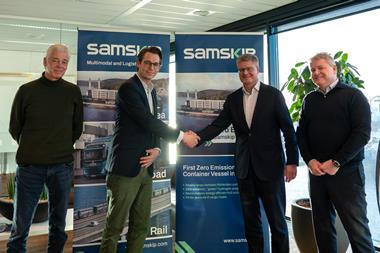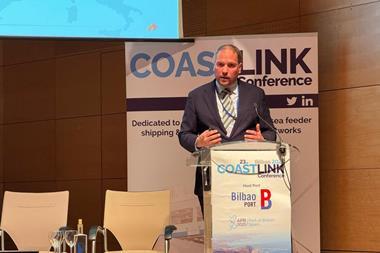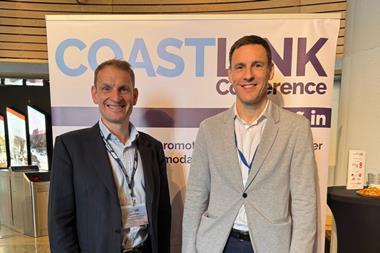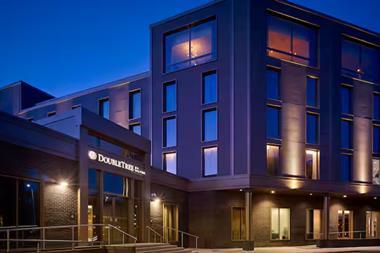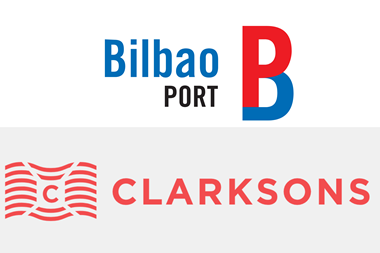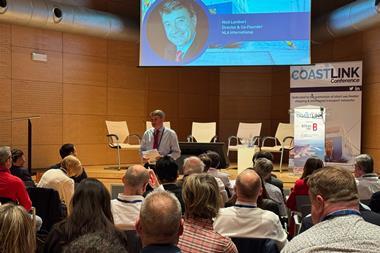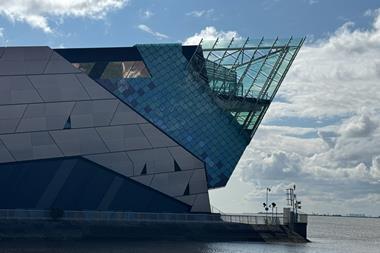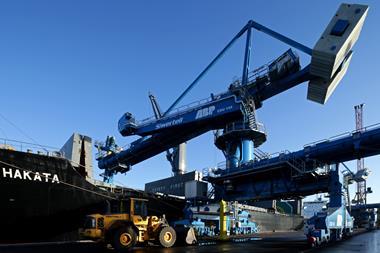Day 1 of Coastlink concluded with a tour of the Port of Bilbao in Santurzi. Picked up directly from the Itsasmuseum in Bilbao, delegates received a guided coach tour of the key facilities at the Port of Bilbao!

The first stop was the container terminal, operated by CSP Iberian Bilbao Terminal. The facility handles a significant share of the port’s throughput, offering a quay length of 1,150 metres and draughts of up to 21 metres. Equipped with ship-to-shore cranes and automated systems, the terminal supports direct links to more than 900 ports globally. It also connects to inland destinations via rail, with intermodal services reaching key logistics hubs across Spain and Europe.

Delegates next visited the breakbulk and Ro-Ro terminals, which support the movement of vehicles, project cargo, and industrial components such as wind turbine blades. The port’s Ro-Ro terminal includes a 33,000 m² marshalling yard and specialised ramps for efficient loading and unloading. These facilities are key to serving the Basque Country’s manufacturing and heavy industry sectors.
The tour included an overview of the liquid bulk docks, where oil, chemicals, and LNG are handled. The port has 16 berths dedicated to liquid bulk, and in recent years, Bilbao has become a key hub for LNG bunkering in the region. The infrastructure supports maritime fuel transitions and energy supply for Northern Spain.
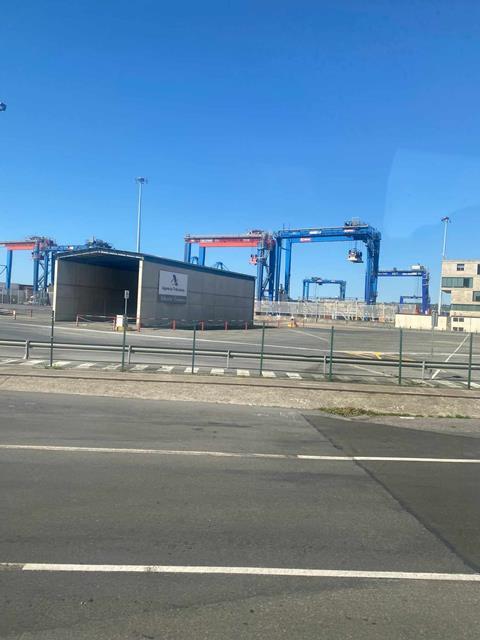
Across the port estate, delegates observed the integration of renewable energy sources, including wind turbines and solar installations. The Port of Bilbao has implemented a shore power project, BilbOPS, allowing vessels to connect to onshore electricity while at berth, reducing emissions. The port has also established environmental monitoring systems to protect the surrounding marine environment.
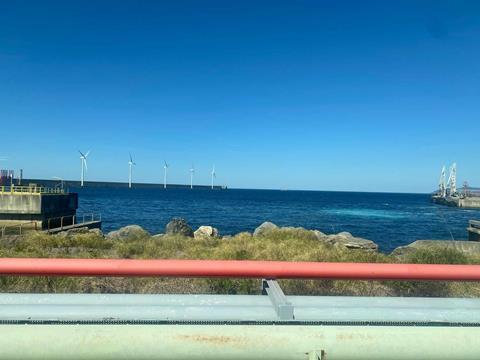
The site tour provided a focused overview of the Port of Bilbao’s principal assets, highlighting its capabilities in container handling, project cargo, energy logistics, and sustainable operations. With continued investment in digitalisation and environmental infrastructure, it was clear to see how the port is positioned as a competitive and responsible gateway for Atlantic trade.


